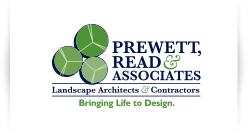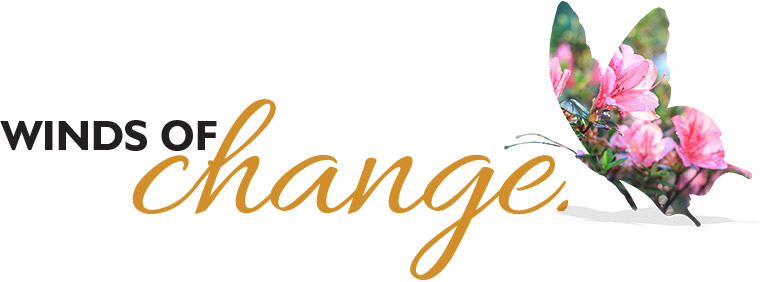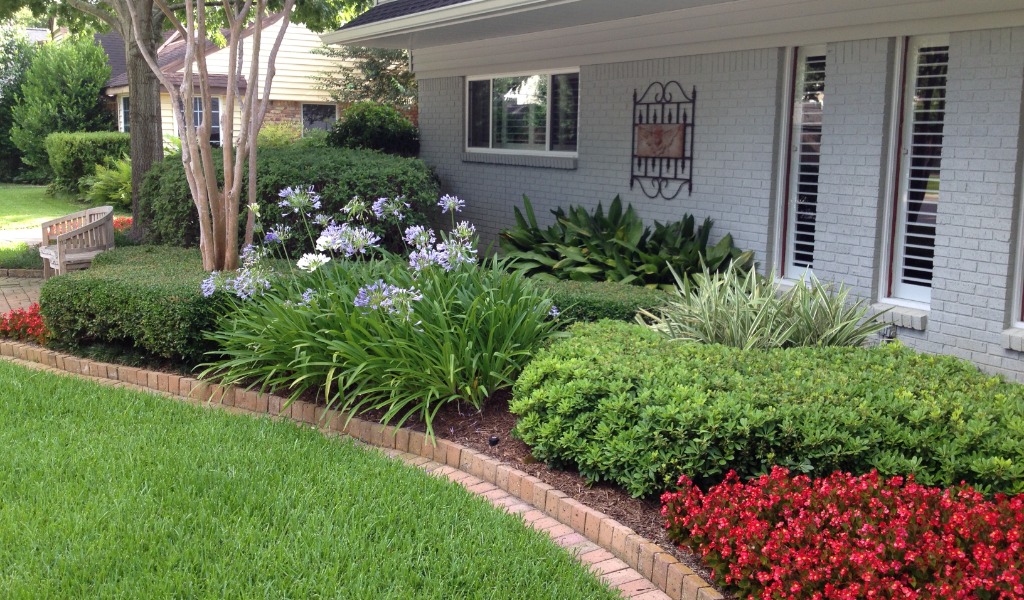Keeping your landscape happy, healthy and thriving is a balancing act. While all plants need the holy trinity of water, sunlight and nutrients, finding the right amount of each can be a challenge. There are several factors that impact your landscape’s needs — especially when it comes to fertilization, which provides the plant food your garden needs to grow.
In this blog, we’re digging into how to develop a fertilization plan for your landscape. First off, you’ll need to consider the specific plant varieties, season, climate, soil type and pH, water source and garden placement. Each of these elements impact the micro- and macronutrients your plants need. To help you get started, we’ve outlined important information about how fertilizer helps keep your landscape healthy.
How to Choose the Right Fertilizer
Nitrogen, phosphorus and potassium — referred to as the “Big 3” — are the macronutrients that plants need to survive. There are several varieties of fertilizers available designed to ensure that plants get the right balance of the “Big 3,” ranging from natural to synthetic options.
To select the right fertilizer for your landscape, you’ll need to determine what nutrients the soil is lacking so that you can restore the balance. At Prewett, Read & Associates, we create custom blends for each of our clients. We review soil and water samples to determine the landscape’s unique needs.
Slow- vs. Quick-Release Fertilizers
In addition to considering the nutrients your landscape needs, there are also fertilizers available that have a timed-release component. Slow-release fertilizers (SRF) are designed to deliver a steady flow of nutrients to plants over an extended period, typically throughout the full growing season. SRFs regulate the release of micro- and macronutrients into the soil, so that plants and roots are not flooded with a large influx of fertilizer at once. On the other hand, quick-release fertilizers (QRF) rapidly release plant food into soil to help plants recover from a lack of nutrients.
When to Fertilize Your Landscape
It’s recommended to fertilize your plants after the first new growth can be seen. The time of year varies depending on the plant and other factors. Certain plants known as “heavy feeders” also require more frequent fertilization, while “light feeders” need less frequent attention. A professional landscape maintenance team can help track your garden’s growth and make customized recommendations for the best time to treat your landscape.
Examples of Heavy Feeders
Plants known as “heavy feeders” require more nutrients to stay healthy. Some of the most popular examples include roses, mums and dense vegetables like beets and cabbages.
Examples of Light Feeders
On the other end of the spectrum, “light feeders” require less nutrients to continue growing. Some common examples include leafy greens, most trees, shrubs, coneflowers and root vegetables like onions, shallots and garlic.
Ensuring your plants have enough food in the form of nutrient-dense fertilizer is essential for cultivating a vibrant garden. If you’re looking for a better way to keep your landscape thriving year-round, a professional maintenance crew can provide the support you need — customized to your specific landscape. From fertilizing to irrigation, maintenance crews provide consistent support to keep your landscape looking its best. If you’re ready to learn more, reach out to our team to see how we can help.


